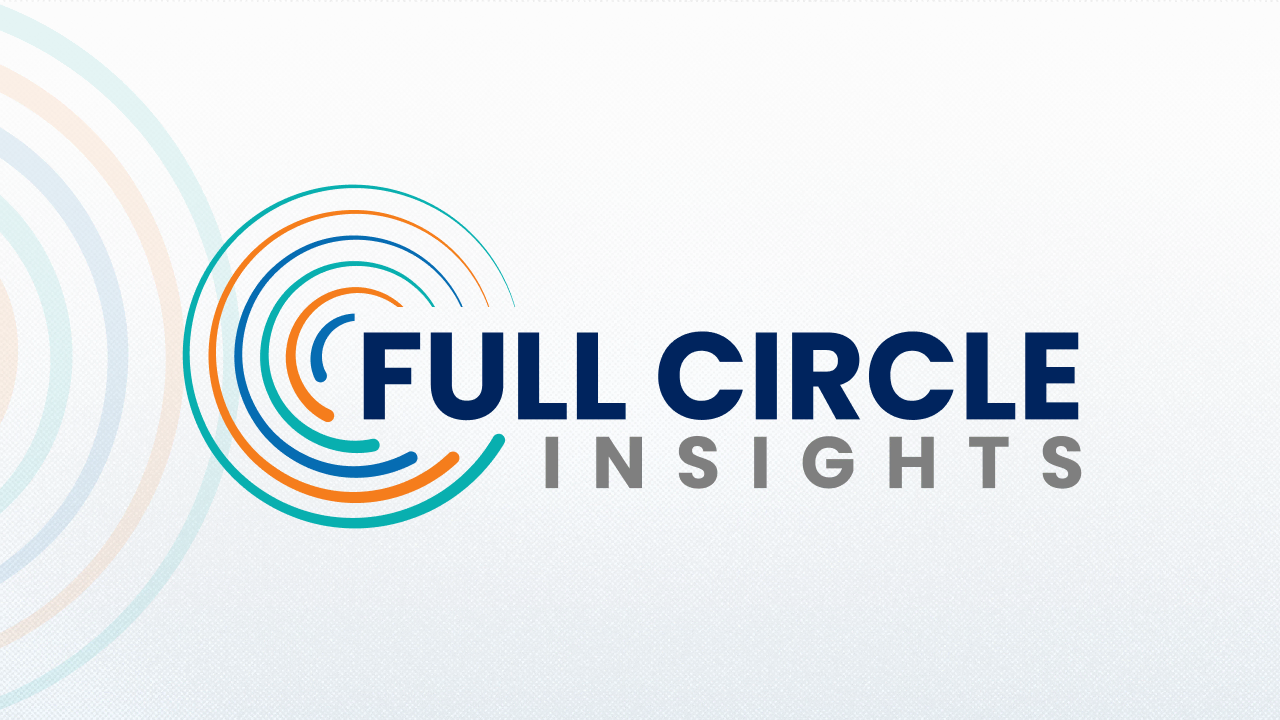Don’t Let AI Sales Enablement Tools Push the Wrong Metrics


AI sales enablement is reshaping how sales teams operate, but it’s also exposing a major problem: too many companies are optimizing for the wrong metrics. When artificial intelligence measures success through activity instead of revenue impact, teams chase numbers that look good on dashboards but fail to move the business forward.
The goal of AI sales enablement isn’t to generate more clicks, calls, or meetings. It’s to improve selling efficiency, shorten cycles, and create predictable revenue. The challenge is that most AI tools are designed to surface easy-to-measure metrics: engagement rates, call volumes, or sentiment scores, rather than outcomes that reflect real performance.
The metric problem inside AI sales enablement
According to Gartner’s 2024 State of Sales Enablement report, more than 60% of organizations still evaluate enablement success based on activity volume, not revenue contribution. AI systems built around these metrics only amplify that bias.
Instead of helping reps sell smarter, these tools often flood dashboards with vanity data. Reps end up spending time on low-impact activities because that’s what the algorithm rewards. Sales leaders, in turn, make forecasting decisions based on flawed signals.
It’s not a failure of AI. It’s a failure of measurement design.
High-performing sales teams link AI outputs directly to business metrics like pipeline velocity, conversion rate, and customer lifetime value. The problem is that most companies never align their AI sales enablement systems to these outcomes.
How AI sales enablement should really work
At its best, AI sales enablement is a framework that connects insights, coaching, and automation to drive measurable revenue outcomes. The AI layer should analyze selling patterns, forecast outcomes, and surface coaching opportunities that help reps prioritize a high-quality pipeline.
Platforms like Conquer, which integrate AI insights directly into Salesforce, are leading examples of this shift. Instead of relying on disconnected dashboards or predictive overlays, these systems feed real-time engagement data into CRM workflows. The result is a single view of what’s driving revenue and what’s not.
AI sales enablement tools should:
- Evaluate behaviors that correlate with closed-won deals, not just activity counts.
- Recommend actions that improve conversion, not just volume.
- Provide context that aligns sales, marketing, and enablement around shared definitions of success.
If your AI tools aren’t doing that, you’re automating the wrong metrics.
Real-world consequences of bad measurement
When companies track the wrong metrics, the ripple effects can be severe. AI sales enablement systems built on vanity KPIs often:
- Overvalue busywork: Reps who log more emails or calls get recognized, even if those actions don’t generate pipeline.
- Undervalue strategy: Account planning and qualification work get ignored because they’re harder to measure.
- Distort performance reviews: Leaders reward activity instead of effectiveness, which erodes trust in enablement data.
- Waste AI potential: Instead of amplifying top performers’ habits, AI models reinforce the wrong behaviors across the team.
McKinsey’s 2024 sales analytics report shows that organizations using revenue-linked AI models see 20–40% higher forecast accuracy and 15% faster deal velocity than those relying on activity-based metrics.
That’s the real benchmark for AI sales enablement success.
Aligning AI metrics with business reality
To fix this, sales operations leaders need to rethink what success looks like before implementing AI systems. Every metric should tie back to a question leadership actually cares about:
- Does this activity influence revenue outcomes?
- Can we measure its impact consistently?
- Does it help forecast future performance accurately?
This is where Salesforce-native AI tools like Full Circle Insights’ measurement and attribution suite add value. They don’t just automate data, but standardize how performance is defined.
By tracking metrics like funnel velocity, campaign attribution, and buyer engagement directly within Salesforce, teams get a closed-loop system that aligns sales enablement data with actual business outcomes.
That alignment is what prevents AI from optimizing the wrong behaviors.

AI and human judgment must stay connected
Even the best AI sales enablement system can go off course without human oversight. Machine learning models learn from historical data, and if that data reflects outdated or misaligned KPIs, the system will reinforce them.
Leaders must regularly audit both the data sources and the decision logic driving their AI tools. This means reviewing which metrics the model prioritizes, how recommendations are surfaced, and whether they correlate with closed revenue.
Sales enablement AI should enhance, not replace, managerial judgment. AI can forecast intent and flag opportunities, but human managers must decide which actions truly advance the deal.
The importance of context and integration
AI sales enablement delivers the most value when it operates within the same ecosystem as your CRM. When data flows directly into Salesforce or another central platform, teams can connect enablement outcomes with revenue tracking, attribution, and forecasting.
Disconnected systems like standalone coaching or engagement tools can create false positives. A rep might appear to improve based on call analysis software, while the CRM shows flat pipeline growth.
By integrating enablement data directly into Salesforce, leaders can see what’s working in real time. Conquer’s approach to AI sales enablement does exactly that: it ties call activity, sentiment analysis, and engagement scoring directly to pipeline metrics. This ensures AI insights are grounded in reality, not just pattern recognition.
Future trends: moving from enablement to intelligence
The next generation of AI sales enablement tools will act as revenue intelligence layers across the organization. These systems will analyze the entire customer journey, from marketing engagement to post-sale retention, to predict where teams should focus their effort.
Full Circle Insights’ work in attribution and funnel measurement already points in this direction. When AI can accurately connect marketing touchpoints and sales actions to revenue, it eliminates guesswork and helps teams spend time where it matters most.
The shift from enablement to intelligence will define the next three years of B2B sales technology. But that evolution only works if metrics are set correctly from the start.
Practical steps for aligning your AI sales enablement system:
- Start by redefining success metrics. Replace volume-based KPIs with conversion, velocity, and win-rate metrics that reflect true revenue performance.
- Integrate your AI layer within Salesforce or your core CRM to maintain visibility and consistency.
- Audit AI recommendations quarterly to ensure they align with your sales methodology and strategic goals.
- Train managers to interpret AI insights within a business context rather than taking outputs at face value.
- Continuously feed the system with high-quality, updated data. AI is only as smart as its inputs.
Companies that follow this approach not only improve the accuracy of their AI models but also build stronger alignment between sales and revenue operations.
Final thoughts
AI sales enablement isn’t failing. It’s evolving. The organizations seeing the biggest impact are those that treat AI as an enhancement to revenue intelligence, not as a shortcut for performance management.
When teams measure what matters, AI becomes a force multiplier for focus, forecasting, and accountability. When they don’t, it becomes noise.
If your current enablement tools are optimizing for vanity metrics, it’s time to reset your data strategy. Start by bringing your measurement, attribution, and enablement under one roof.
Ready to make AI work for real revenue growth? Schedule a strategy session with our team today!